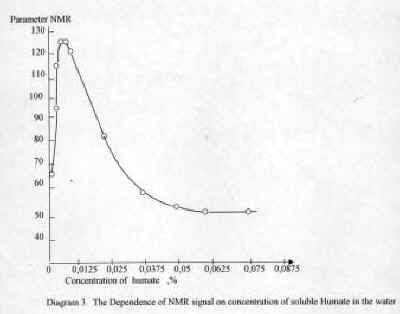spurr said:@ thefatman,
That is a good read on humic substances, I have spoken to the author many times, he's a smart guy and his mentor is even better.
Re CalMag Plus: are you suggesting there is S in the product from Botanicare? I ask because IIRC CalMag Plus is made with CaNO3, MgNO3 and Fe-EDTA.
It is a just as easy to make near like product to Cal-mag Plus.
Ah, okay. I thought maybe there was an S source in Cal-Mag Plus, of which I was unaware. I thought you had some inside info.
Most individuals do not keep Magnesium Nitrate on hand or Fe-EDTA. The sulfur will cause no harm nor will it effect the perform of the Cal-mag Plus.
I agree. I thought Cal-Mag Plus may have had an S source that I didn't know about. I was unaware you are describing how you make DIY Cal-Mag Plus.
Yes I recommend chelated iron over FE-EDTA iron for the same reason. It is not normally possesed by most growers or most hobbyists or small commercial growers mixing their nutrients.
Fe-EDTA is chelated iron. EDTA is generally the least ideal chelating agent, better are DPTA and EDDHA (but for Fe using EDTA is good, along with DPTA). Organic chelating agents are good to use, along with synthetic chelating agents, with respect to Fe and some other micro's.
Many of the nutrient formulations are formulated purposilly with salts not normally possesed by most growers as it discourages most people from makes making their own and encourages people to buy it premade.
That is true of brands like A.N. and D.M., but good brands, such as the FloraSeries from General Hydroponics do not fit that mold. The use of chelating agents for elements that are easily made insoluble (either due to pH, temp or bonding with other ions), is good to help keep them soluble.
Making one's own fertilizer mix from dry salts is best I agree. I have been working on something to hope to become a scientific standard for cannabis studies. I agree most growers don't have a wide range of chelated ions, that said, I don't think most growers have salts at all, most use off-the-self bottled ferts.
Using chelated micro-nutrients (metals), as well as other elements, is not needed if one can control pH of soilless solution (if using soilless or soil).
There is no advantage in Inert hydroponics to using Fe-EDTA instead of chelated iron, there is also very little advantage when using it with soil type growing methods. Nor is there any gain in using the mag nitrate over the Calcium nitrate. When there are little to know gain using less commonly possesed salts there is no reason to be buying them.
Fe-EDTA is chelated iron, and using with soil is one of the best use cases, if the soil is outside. Soilless (ex., peat or coco) is the same story; but use with soil is more important due to issues like pH and temp (if outside).
The only reason I mentioned MgNO3 was because I thought you meant the ingredients in botanicare. I agree there is no difference between CaNO3 and MgNO3 for NO3, nor MgNO3 and MgSO4 for Mg.
You have to also consider that the major manufacturers also now try to use formulations that can not be readily formulated by software such as Nutron2000.
Yea I agree. And I see no reason to try and imitate their products. In general, they make shitty products that have very little basis in sound plant science; not to mention they often do not list all the ingredients.
The companies want us to think cannabis is some extraordinary plant unlike any other plant that has ever existed; that is how they hook people to buy their products ... because only they know the secrets.
IMHO Most mj specific nutrient manufacturers are more concerned with the profits made by using uncommon salts then making formulations easy to duplicate by almost anyone. They are not really our friends as much as we are their captive customers who are willing to pay high prices for nutrients for our mj growing as they try to make it appear like rocket science to formulate nutrient mixes..
I agree.



